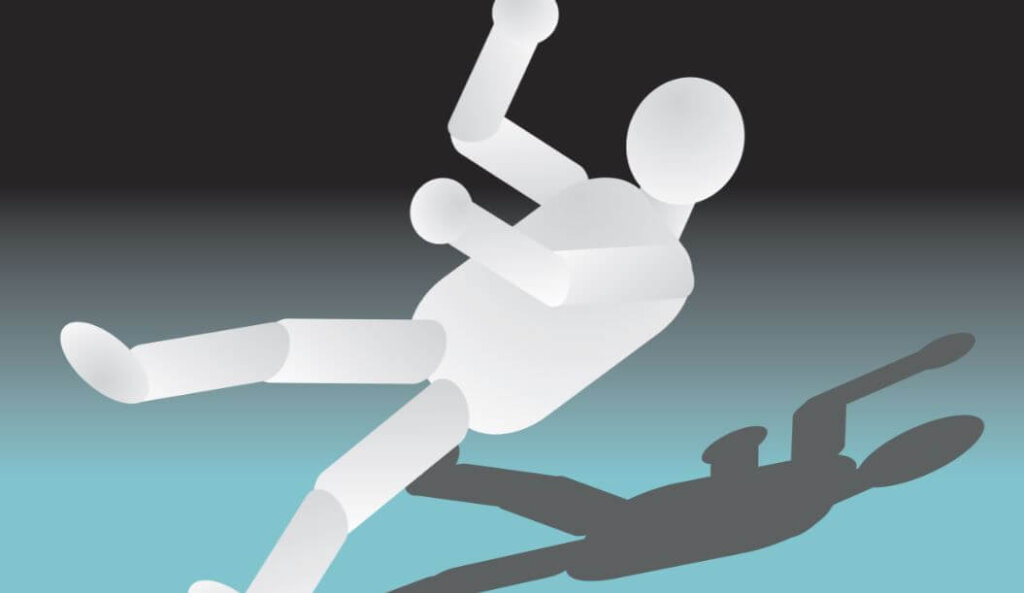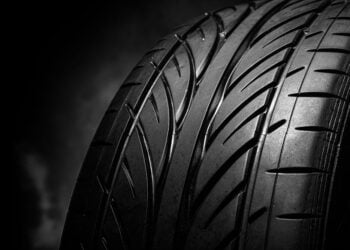The foundation for any plaintiff’s case is to establish that the defendant “failed to exercise reasonable care” and because of such was negligent. So what exactly is the standard of care in a slip and fall case? To answer this, one must uncover the standards defendants must meet and the standards plaintiffs must prove were violated. Historically such burden was pretty difficult to prove since very few walkway safety standards existed. However, before we can define the standard of care we must first understand what it means to be a standard. According to Blacks Law Dictionary a standard is defined as (1.) “A model accepted as correct by custom, consent or authority. (2.) A criterion for measuring acceptability, quality or accuracy.” So how does a defendant or plaintiff establish acceptability or measure quality as it relates to walkway safety? Obviously by testing the walkway’s slip resistance, right?
As simple as it sounds believe it or not up to 2009 there were no nationally recognized walkway safety standards by which a defendant or a plaintiff expert could rely upon as the basis of establishing the standard of care. Its hard to prove that A defendant failed to meet the standard of care when there were no nationally recognized standards that defined what a safe walkway is. If you ask any defendant if their floors are safe, they will tell you yes. If, however, you ask them how they know they’re safe, they often will respond that based on their history they have had very few, if any, slip and fall claims. Whether you believe them or not, the fact is, it’s hard to prove otherwise.
Numerous test methods have been published by leading standards developing organizations like the American Society of Testing and Materials (ASTM) and the American National Standards Institute (ANSI) however, most have been withdrawn. The ASTM F-1677-05, F-1679-96 test methods lived very short lives and were both withdrawn in 2006 and just last year the ceramic tile industries ASTM C-1028 Standard Test Method for Determining the Static Coefficient of Friction of Ceramic Tile and Other Like Surfaces by the Horizontal Dynamometer Pull Meter Method was withdrawn. However as the ASTM standards were being withdrawn several new ANSI standards have been established.
The ANSI/NFSI B101.1-2009 Test Method for Measuring Wet SCOF of Common and-Surface Floor Materials published in 2009 and in 2012 came the publication of the ANSI/NFSI B101.3- 2012 Test Method for Measuring Wet DCOF of Common Hard-Surface Floor Materials. With the introduction of these two nationally recognized consensus standards the world of slip and fall litigation has changed whereby both plaintiffs and defendants can compete on a level playing field. Although this evolution has and will bring clarity to litigants in a slip and fall lawsuit it will also greatly benefit insurers and their policyholders.
Insurance premiums are based in great part on assumed and predictable risk. Homeowner’s policies are based in part on the type of roof you have, the type of dog you own, and whether or not you live near a flood plain. Health and life insurance premiums are calculated in the same way. If you smoke or drive a motorcycle you pay more. Why, because of the measurable and predictable risk you present to the insurer. Property owners are now going to be held to the same standard. If their floors test poorly (lowtraction) the insurance industry will charge a higher premium, than if their walkways are in the high-traction range as defined in ANSI/NFSI B101.1 or B101.3.
Walkway testing is here to stay and is evolving into a new industry of walkway auditing. Walkway audits bring science to what was once visual inspections and walkway auditors are now a profession being driven by need and will serve as the basis of the standard of care to which both plaintiffs and defendants can benefit. For a defendant who has independent test data from a certified walkway auditor, their defense gets stronger. If, however, they have not had their floors audited, a skillful plaintiff attorney can hire an auditor and use such results to not only prove that the walkway in question was slippery but the defendant, in failing to conduct their own audit was negligent. An independent walkway audit is the standard of care and is supported by the 2012 release of the ANSI/NFSI B101.0 Walkway Auditing Standard.
So is it reasonable that a defendant should test their walkways? Absolutely and is just as reasonable that a cook measure the temperature of their food holding trays or a mechanic test the torque on the lug bolts holding your wheels on your car. Restaurants can’t endanger the public by serving spoiled food so why should property owners be allowed to endanger their invited guests by having slippery floors? The independent walkway audit is reasonable and the COF test results will quantify the slip risk and in-turn will serve to define whether or not the walkway was unreasonably dangerous. Which in the end, can make or break your case. Russell J. Kendzior










